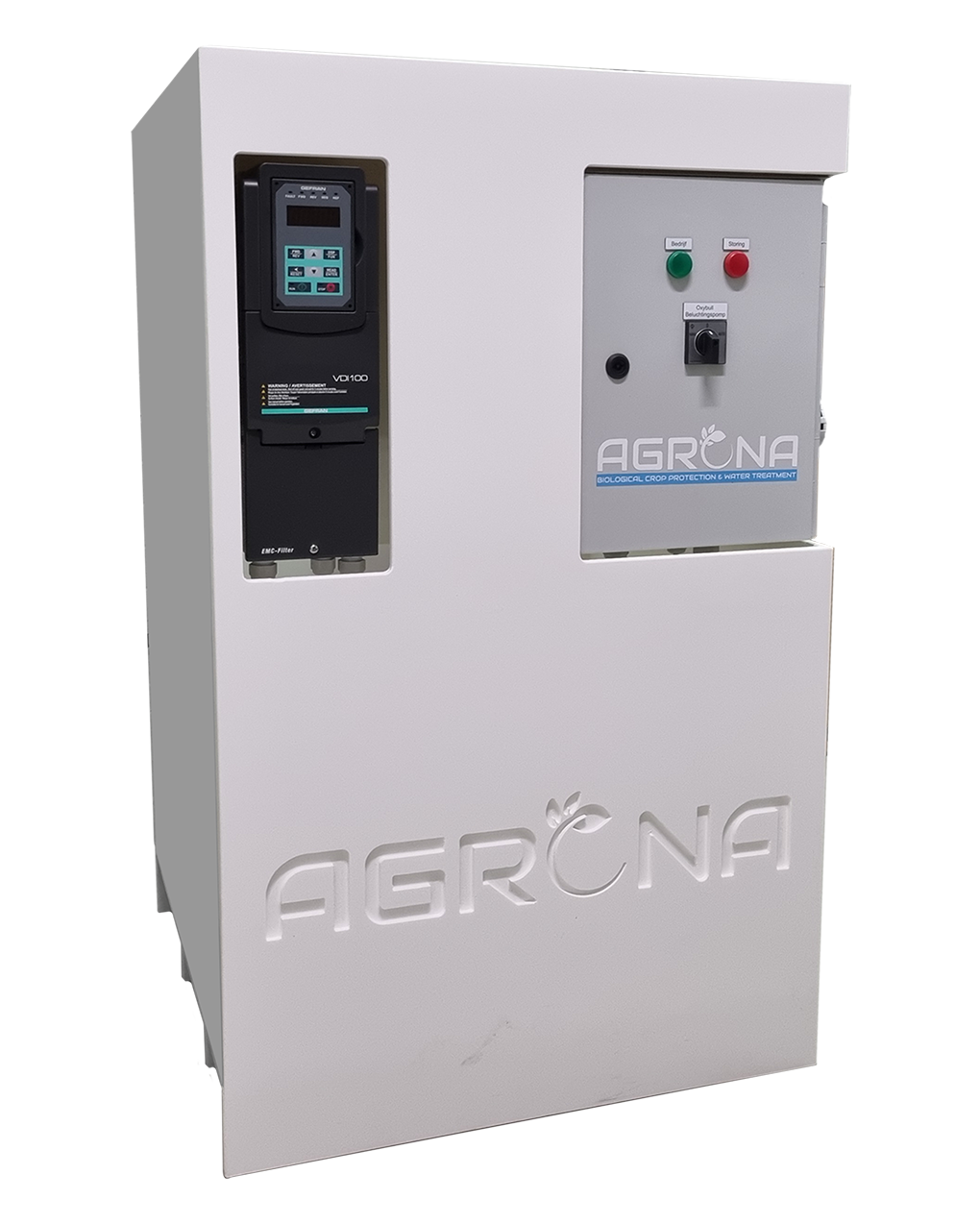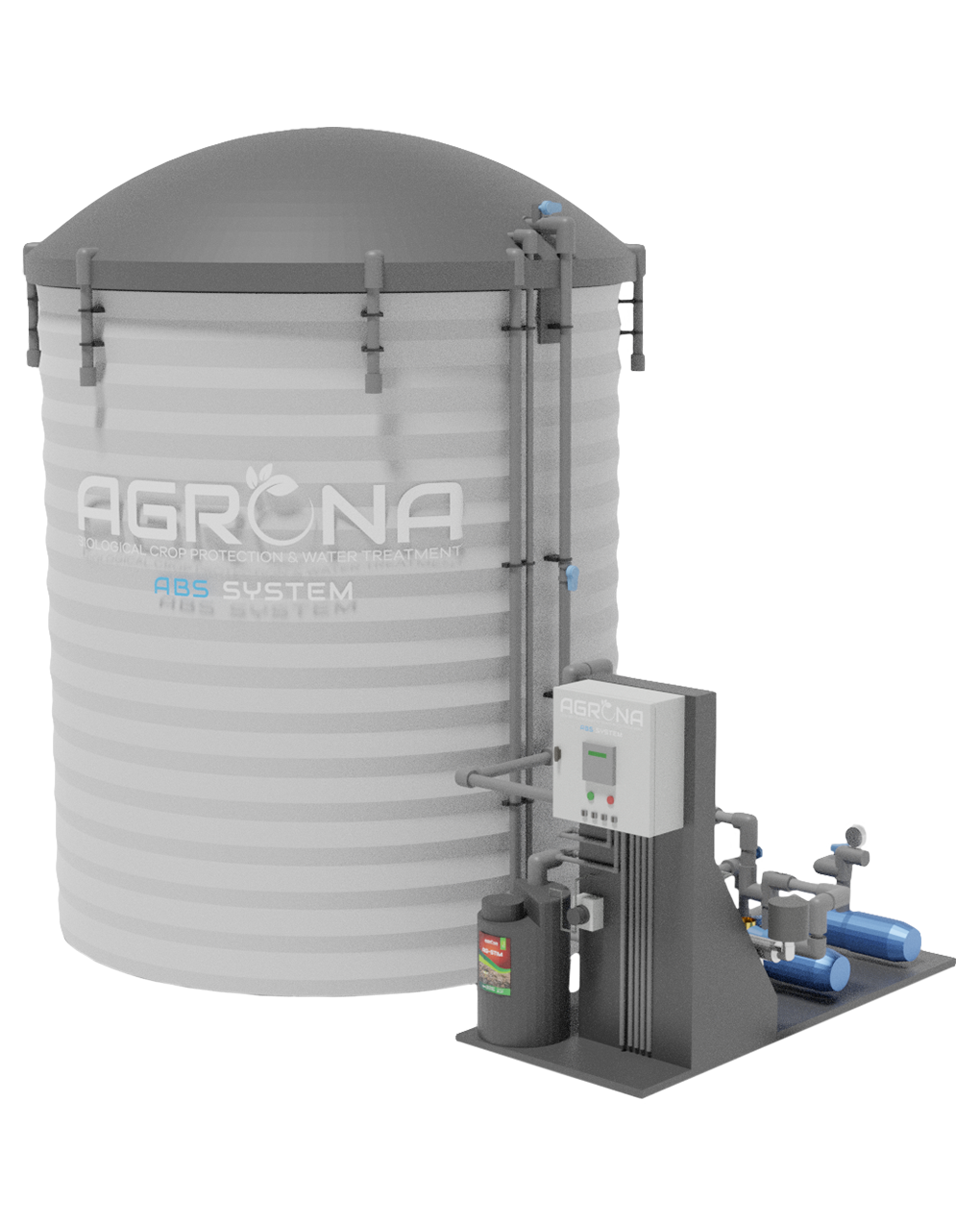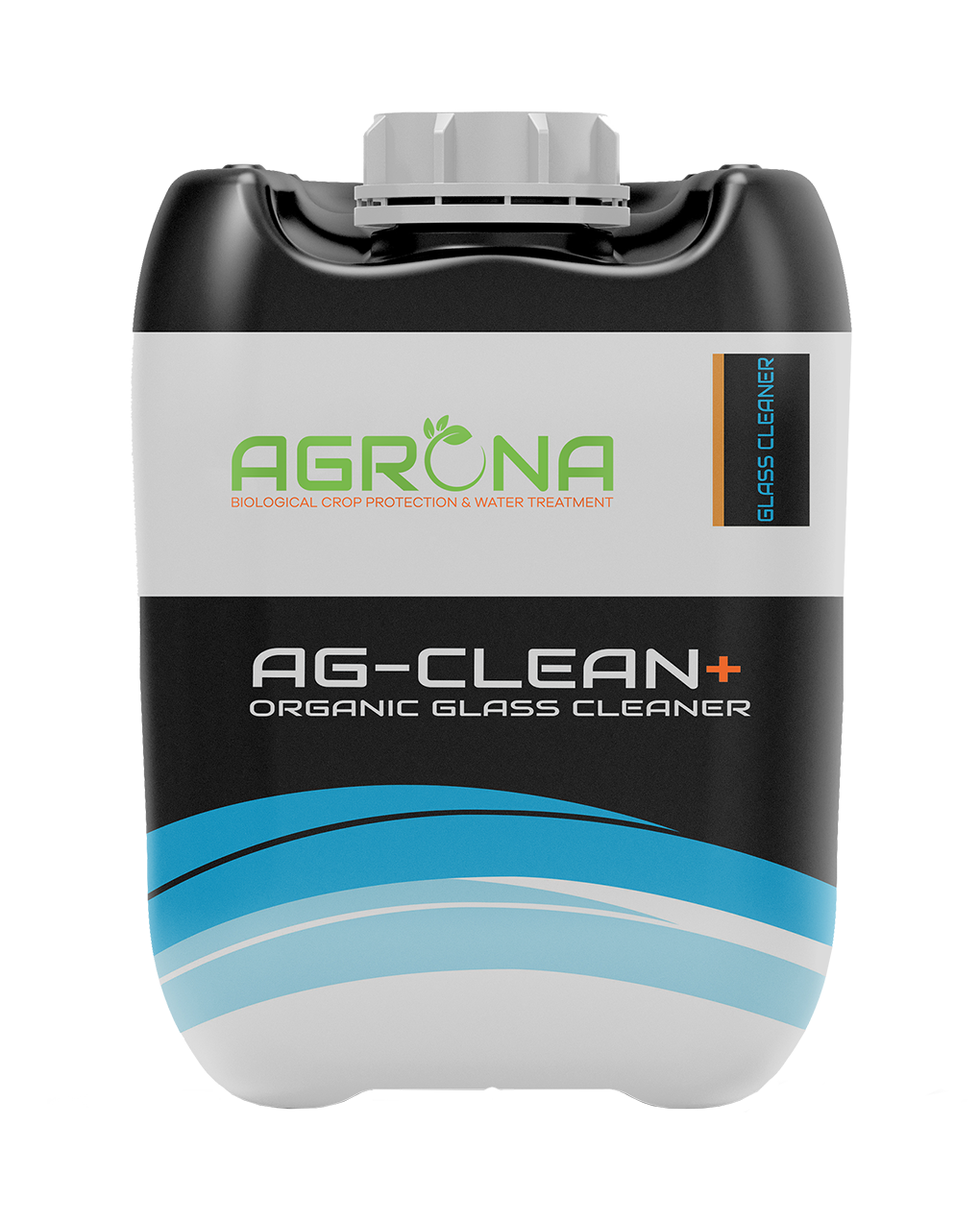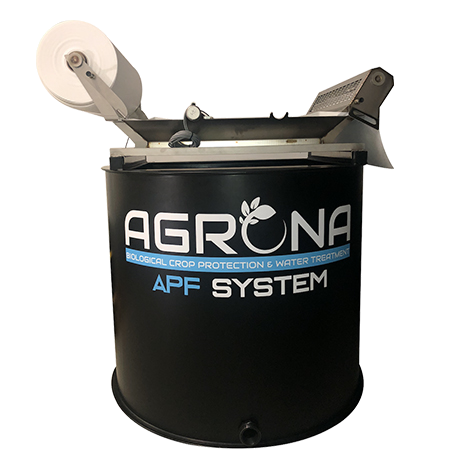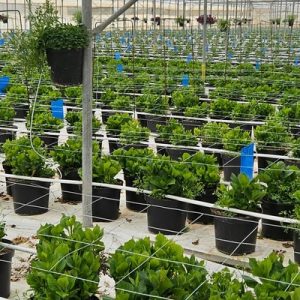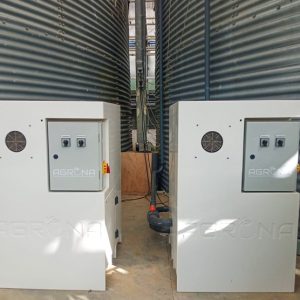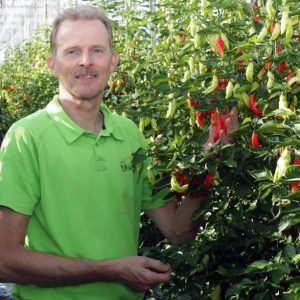New Step Taken For Better Water Quality With Aeration System
You do not replace a “tricky” pepper gutter that does not make it possible to drain from the side. In order to take steps with the oxygen content in the mat and thereby prevent root problems in the course of cultivation, Personal Vision chose to work with an aeration system. “An hour before the first watering, the Oxybull ensures that the oxygen level in the drain silo is back up to standard”, says cultivation specialist Roel Klapwijk of the company that grows red block peppers on 7 hectares in Bleiswijk.
You do not replace a “tricky” pepper gutter that does not make it possible to drain from the side. In order to take steps with the oxygen content in the mat and thereby prevent root problems in the course of cultivation, Personal Vision chose to work with an aeration system. “An hour before the first watering, the Oxybull ensures that the oxygen level in the drain silo is back up to standard”, says cultivation specialist Roel Klapwijk of the company that grows red block peppers on 7 hectares in Bleiswijk.
Last year at the beginning of summer, the Oxybull, an aeration application from Agrona, was installed in the drain silo. Not because acute problems had arisen, but to take a new step to improve the quality of the irrigation water. Just like fellow pepper grower Maikel van den Berg of Quality Peppers, who previously purchased the aeration system. The two companies have been actively working together in the field of cultivation for the past two years. “The collaboration with Quality Peppers’ Maikel van den Berg has certainly contributed to the fact that after years of struggling with a difficult bell pepper gutter and increasing root problems, we have now started to aerate the water in the drainage silo, among other things. Because the water has to pass through the entire mat before it can drain into the drainage channels, the oxygen content in the mats fell sharply, especially in the summer with rising temperatures, leading to root problems. ”
For the first watering, the oxygen level is restored
After purchasing the Oxybull, Roel started measuring oxygen levels more frequently this year. Van Iperen also carried out a water quality measurement that confirmed his measurements. The results make him positive. “Of course it is not the case that you suddenly see a significant increase in the oxygen level in your drain silo, because at a water temperature of 25 degrees Celsius, the saturation point is reached with 8 milligrams of oxygen per liter. But the oxygen level remains better at the required level. ”
To accomplish that, the Oxybull runs daily from 7:00 am to 7:00 pm in the spring and summer. “Air is blown through a special membrane cloth, creating millions of tiny bubbles,” explains Nadir Laaguili of Agrona. This means that the water is of good quality for all 25-30 turns, a usual number at Personal Vision on an average summer day with 25 degrees Celsius as the outside temperature and 3000 joules of light. “At the end of a day of running, the Oxybull will then go out on the timer in the evening,” continues Roel. “It is pointless to run for 24 hours because you do not water at night, and the pump that controls the aeration plate also consumes electricity. In addition, the bearings also heat up considerably, which means they can cool down nicely at night. ”
Implement improvements gradually
It is especially in the summer months that the water quality for growers is difficult to maintain. As the water temperature, also in the rainwater basin, rises, it becomes more difficult to provide sufficient oxygen in the water for the crop. But the Oxybull also has service in winter. “Immediately after planting, depending on the radiation and outside temperature, you give a maximum of one to two turns a day, often about three hours after sunrise. Because you do not get the pipes flushed “automatically”, we first flush the pipes yourself prior to watering. We do this all year round. ”
The Oxybull is not the only thing Roel does to prevent root problems, especially pythium plays a major role in his greenhouse. “To be able to see the effect of the measures you take, you gradually implement improvements. For example, we have also been dripping chlorine dioxide for a number of years and I am currently testing the alternation with stabilized hydrogen peroxide. The latter works, because it decomposes into hydrogen and oxygen when it comes into contact with dirt, in my opinion even better than chlorine dioxide. I can see that in the whiter roots in the mats. ”
In addition, Personal Vision replaced the drip lines at the beginning of the new growing season. They were already twelve years old. “All in all, the roots are now offered a constant oxygen level,” says Roel. Nadir supplements oxygen that also promotes the growth of the right bacteria in the mat. “As a result, the crop produces better roots, the crop can then absorb nutrients better, resulting in a stronger, more resilient crop.” Agrona’s biostimulator AG STIM can also help. “At Quality Peppers they use this product, which stimulates soil life, already instead of hydrogen peroxide, with good root development and clean drip lines as a result.”






